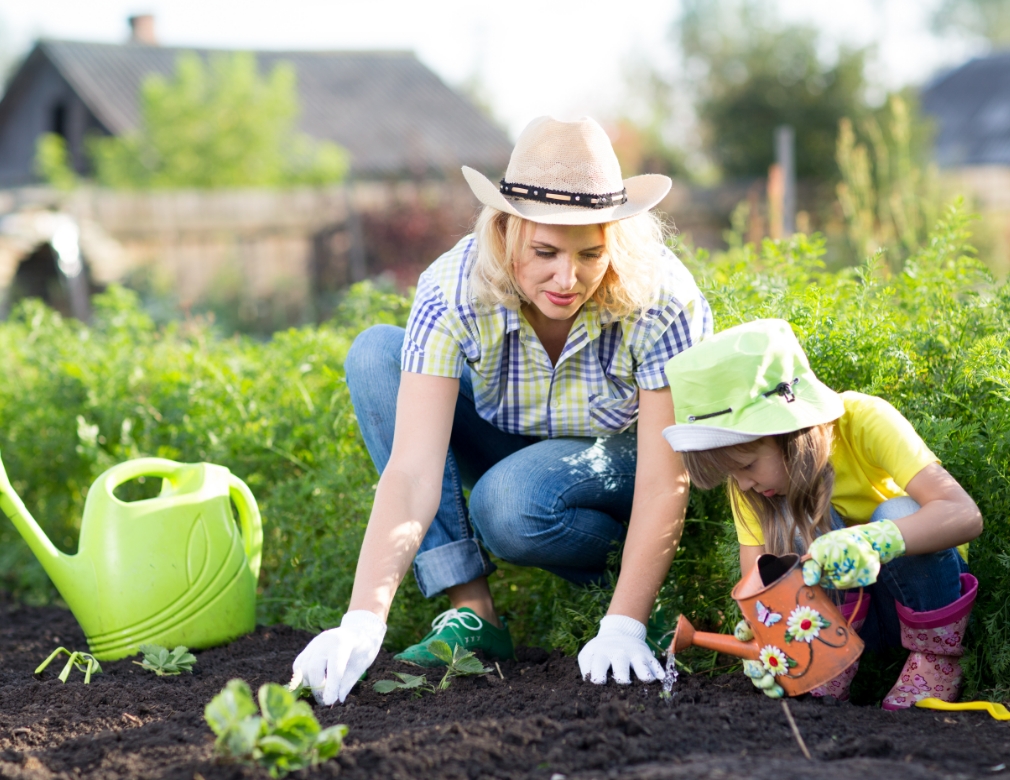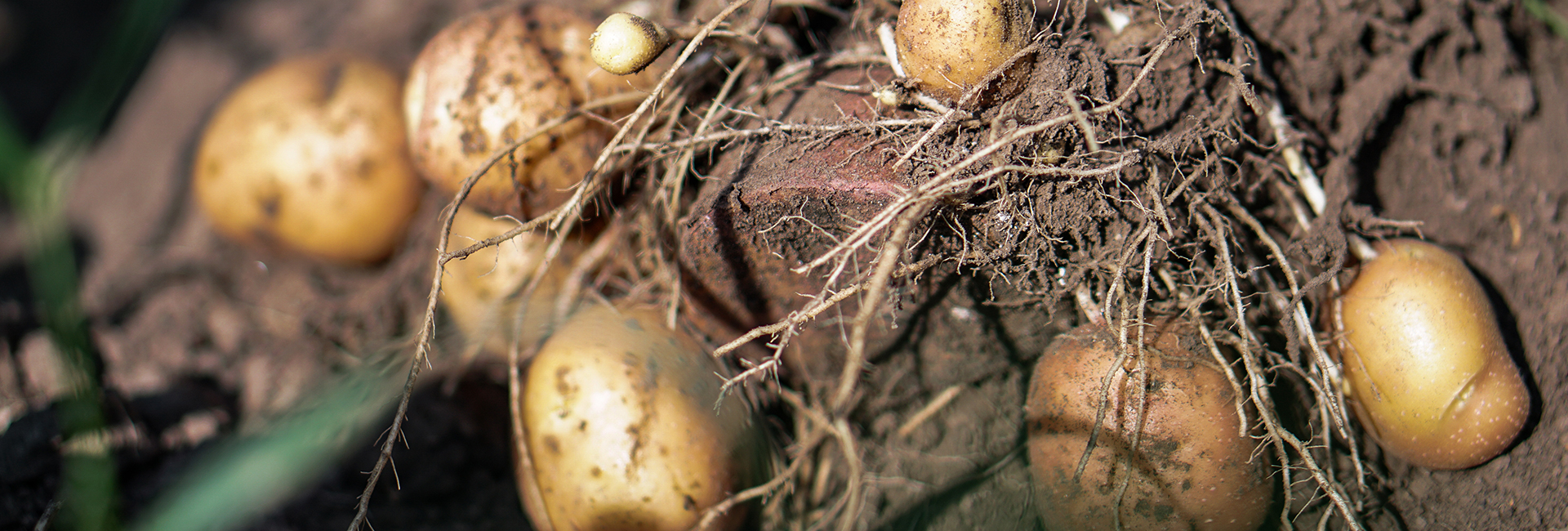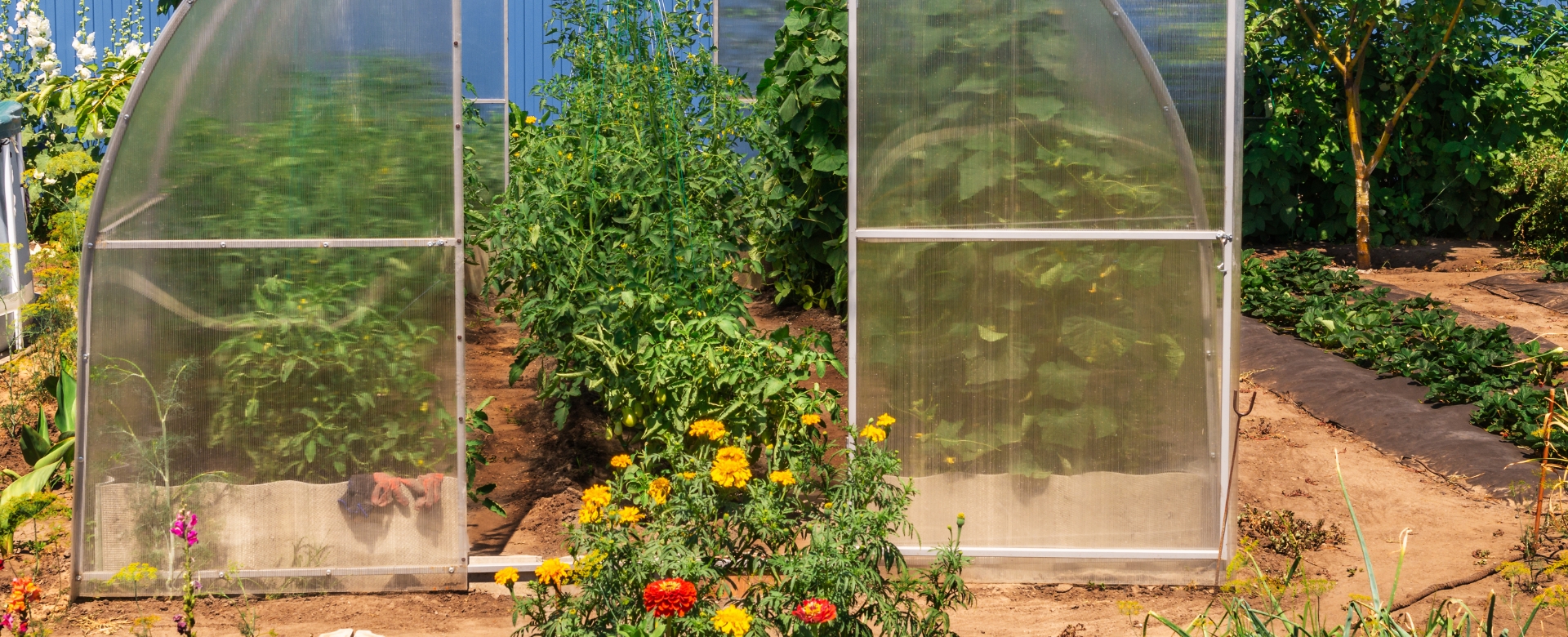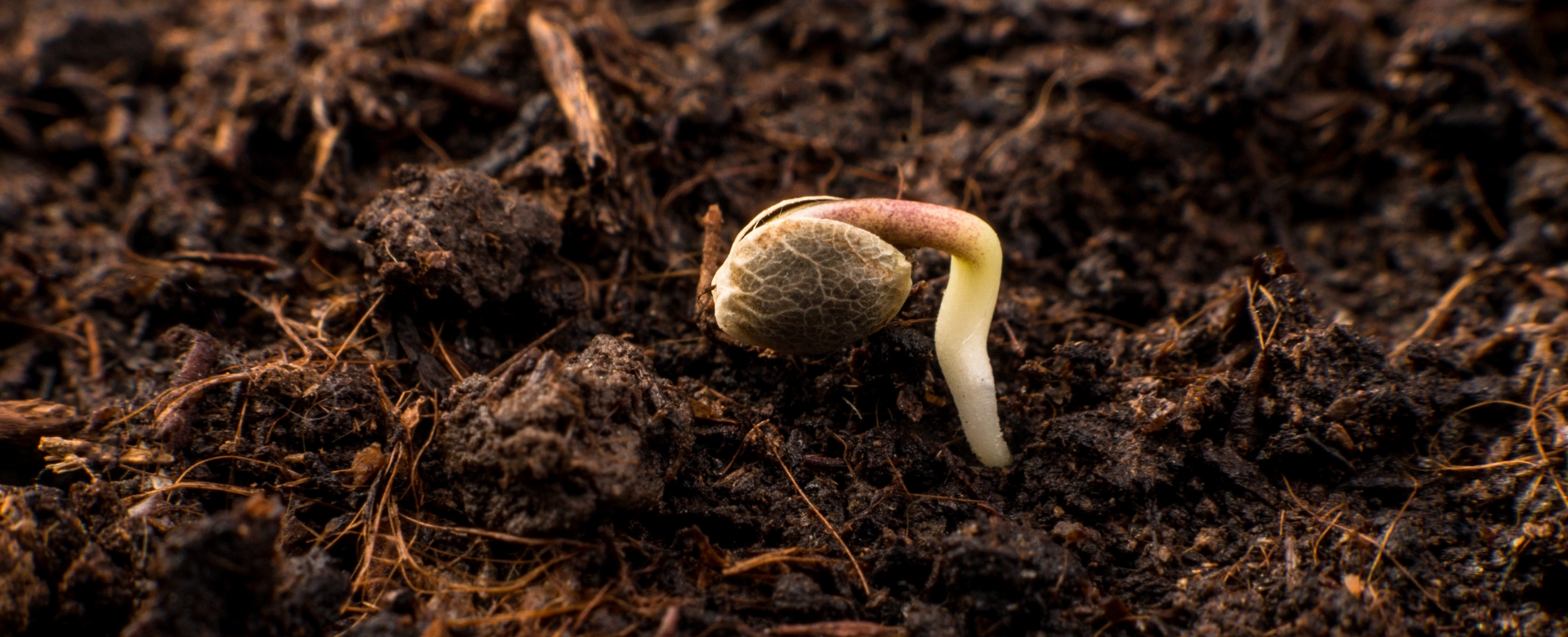Sowing seeds in the spring is the most exciting time of year for every home gardener. But it can also be frustrating if you wait and wait, and nothing comes up.
So, why do some seeds not germinate in the spring?
Temperature is a likely culprit. Specifically, you need the right soil temperature for seed germination.
But gardeners often make this mistake. They use air temperature or frost date to schedule seed starting. The problem is that soil and air temperatures can be drastically different. And seeds rely on the temperature of soil to start germinating.
So, what’s the best temperature for seed germination?
It depends on many factors, and we cover them all in this guide! Keep reading for an overview of germination temperatures, why temperature matters, and a soil temperature chart for starting favorite vegetables.
Why Soil Temperature Matters for Seed Germination
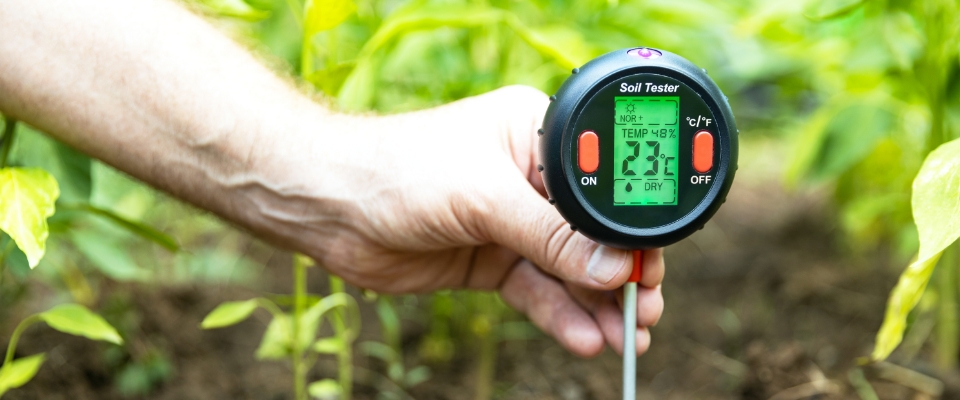
Seeds have a dormancy period to conserve energy. To break through dormancy, seeds require specific conditions including:
- Light – Most seeds require low light or even darkness to sprout.
- Water – Seeds need water to soften their coats and trigger growth.
- Oxygen – Seed starting soil is often light and well-draining to provide oxygen to the seed, an important ingredient for germination.
- Temperature – But one of the biggest is soil temperature. The right soil temperature tells the seed when it’s time to germinate.
If temperatures are too cold, the seed will usually remain dormant, and high temperatures can induce dormancy or reinforce it.
In fact, some studies show that germination rate increases linearly as the temperature reaches an optimal level and then decreases linearly when temperatures exceed this limit. In other words, if you want to maximize success, think about optimal temperature window.
Temperature Triggers Biological Processes
Temperatures influence many germination processes. For example, seeds rely on water to germinate. Temperature may increase evaporation (a common problem when starting seeds indoors on a warming mat). Or similarly, moisture in the soil could still be frozen.
But temperature also triggers complex biological processes like:
- Hormone activity – Temperature influences the hormone that triggers germination (gibberellins). When soil temperatures are ideal, this hormone is upregulated, thus triggering germination.
- Enzyme activity – Enzymes help the endosperm (baby plant) break through the seed coat. When soil temperatures are in the optimal window, enzyme activity increases.
That’s the super scientific version. But the key thing to remember: Soil temperatures must be right for germination!
Factors that Affect Soil Temperatures
Unfortunately, soil can be stubborn in spring. And that’s especially true if the moisture content is too high or if your garden patch doesn’t receive a lot of sun. If you’re planning your seed starts, be aware of these factors:
- Moisture content – Wet soil has a higher heat capacity, which means it can collect more heat before it begins to heat up. This is a reason why cold soil takes longer to dry. So, make sure your soil is well-draining.
- Sun exposure – This one’s obvious. A spot in the garden that receives direct sunlight will heat up faster than one in part-shade. Not a lot you can do to change this, expect waiting.
One other factor. You likely winterized your garden with a thick layer of mulch. Remove this mulch in spring to expose your soil to the sun’s warm rays. This will help heat up the soil faster.
Best Germination Temperatures for Different Plants
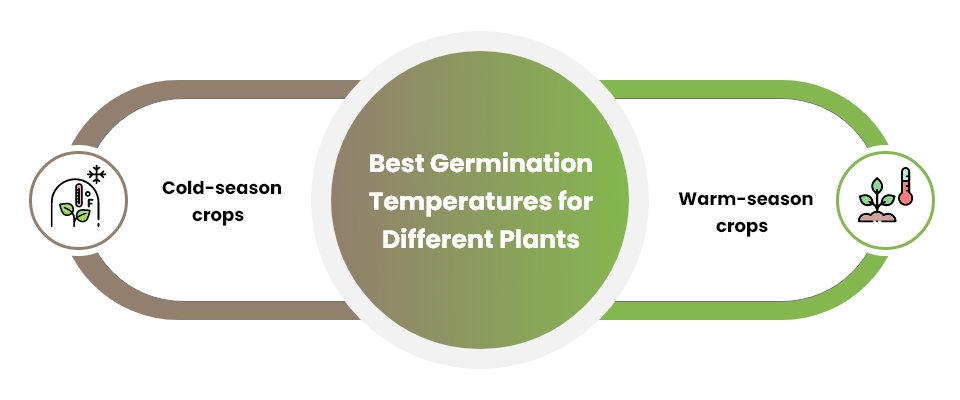
You might be wondering: What’s the right temperature? Well, it varies by species. Some seeds require warmer temperatures to trigger germination. And others are OK with cooler temperatures.
Broadly, most vegetables fall into two categories:
1. Cold-season crops
This group includes your Cole crops (broccoli, cauliflower, Brussel sprouts, etc.), leafy greens, herbs, and root crops. These crops prefer cooler soil temperatures.
As a rule, cold-season crops can germinate with soil temperatures as low as 40°F but have an optimal range of 50-85°F.
2. Warm-season crops
This group includes sun-lovers. For example, tomatoes, peppers, eggplants and melons are popular warm-season crops. These plants require warmer soil temperatures for germination.
As a rule, warm-season crops require a minimum temperature of 60°F for germination but thrive in a 70-90°F range.
Chart: Soil Temperature Planting
| Plant | Minimum Temp | Optimal Range | Maximum Temp |
|---|---|---|---|
| Alfalfa | 32°F | 65-75°F | 85°F |
| Basil | 70°F | 75-90°F | 95°F |
| Bean | 60°F | 70-85°F | 95°F |
| Beet | 40°F | 50-85°F | 85°F |
| Carrot | 40°F | 50-85°F | 95°F |
| Cauliflower | 40°F | 45-85°F | 100°F |
| Cilantro | 35°F | 55-70°F | 80°F |
| Clover | 40°F | 60-70°F | 80°F |
| Corn | 50°F | 75-90°F | 95°F |
| Cucumber | 60°F | 60-95°F | 105°F |
| Fescue (Grass) | 50°F | 65-85°F | 95°F |
| Peas | 40°F | 60-80°F | 85°F |
| Peppers | 60°F | 65-95°F | 95°F |
| Potatoes | 50°F | 60-70°F | 95°F |
| Pumpkin | 60°F | 70-90°F | 100°F |
| Radish | 40°F | 55-85°F | 95°F |
| Soybean | 50°F | 75-85°F | 95°F |
| Squash | 60°F | 70-95°F | 100°F |
| Tomato | 50°F | 70-95°F | 95°F |
| Watermelon | 60°F | 75-95°F | 100°F |
| Zucchini | 60°F | 70-95°F | 105°F |
| Source: https://extension.psu.edu/seed-and-seedling-biology | |||
How to Measure Soil Temperature
If you want the best seed-starting success, you need an accurate temperature reading. Fortunately, all you need is a low-cost soil thermometer.
You’ll find these at any garden supply store. A soil thermometer has a long metal rod that you can place directly into the soil (about 3-4 inches deep). Once it’s in the soil, wait a minute or two for an accurate reading.
I always thought this wasn’t important. But since I started doing this in the spring, I’ve increased germination rates and typically can get plants started faster compared to just using last frost dates as my guide.
Other options?
If you’re in a pinch, you can get less-accurate readings by using:
- Meat thermometers – If you have an instant meat thermometer you don’t want to use in the kitchen anymore, you can get shallow soil readings. Generally, this will measure temperatures in the top layer of soil, which is important for germination, but it’s not ideal.
- Historical data – You can look at regional planting guides and air temperature for a general idea of when to plant. However, this isn’t always accurate. A particularly wet March or late snowstorm may keep soil temperatures lower longer.
Soil Too Cold? Here’s How to Heat It Up
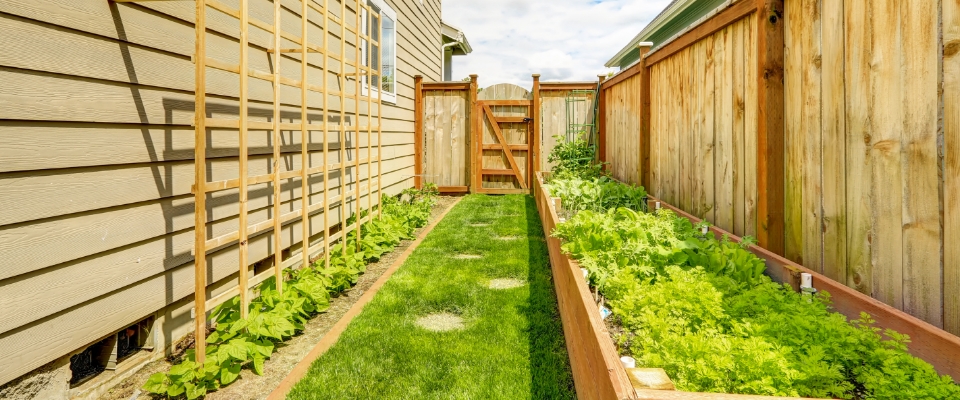
If there’s one tip that I share with gardeners who are itching to get started, it’s this. Wait! Holding off on planting for a week or two as soil temperatures climb isn’t the end of the world. And you’ll generally get seeds to start faster after sowing.
But if you’re getting antsy, consider starting seeds indoors. For example, in Zone 5, you’ll generally start seeds indoors 4-6 weeks before your last frost date.
Warmer Soil Techniques
If your garden is slow to warm up in spring, there are steps you can take to speed up the process. First, follow these steps for preparing garden beds. This will help you work in warmer compost, as well as expose more soil to light.
You might also test one of these methods for soil warming:
1. Solar Heating
Cover your soil with a layer of black plastic mulch in spring. Black mulch will absorb sunlight and warm the soil beneath. However, this is a labor-intensive process. Plus, plastic mulch degrades over time, which can introduce plastics into your garden soil.
I don’t usually recommend using plastic mulch. It can be a pain to work with, and it’s not a sustainable resource. But if you must start your seeds on a specific date and want to increase your chances of success, this can help.
2. Raised Beds
Raised beds are perfect if your garden is in a low-laying area (high moisture) that’s slow to dry out in the spring. Plus, raising your beds off the ground will expose them to more sunlight and heat, helping them to warm up faster.
In an experiment done by home gardener Pat Munts, there was a 7°F temperature difference between his raised bed and in-ground beds. If you build them, just remember to avoid pressure-treated lumber and potentially use winter cover crops to protect the soil.
Wrapping Up
When it comes to spring seed starting, getting an early start isn’t always helpful. In fact, soil temperatures being too cold is a No. 1 cause of seeds that don’t germinate.
Fortunately, if you do start early, your seeds may recover. But if you want the best success, measure your soil temperature! The best case, you find temperatures are in the ideal range a bit earlier than you expected. Worst case, you put off seed starting for a week or two.
It’s a simple step that can save you a lot of frustration in spring. Happy gardening! If you have other tips, leave them in the comments below.
Visit your local Homegrown Outlet location for organic gardening supplies. We offer several locations for gardeners in Upstate New York.
FAQs
Not really. Unfortunately, there’s not a perfectly accurately measure soil temp based on air temperature. This is because soil temperature changes more slowly than air temperature. Even if the air feels warm, the soil may still be quite cold.
If you’re in a pinch, ask a fellow gardener or use an instant-read meat thermometer for a closer, albeit somewhat inaccurate, soil temperature reading.

